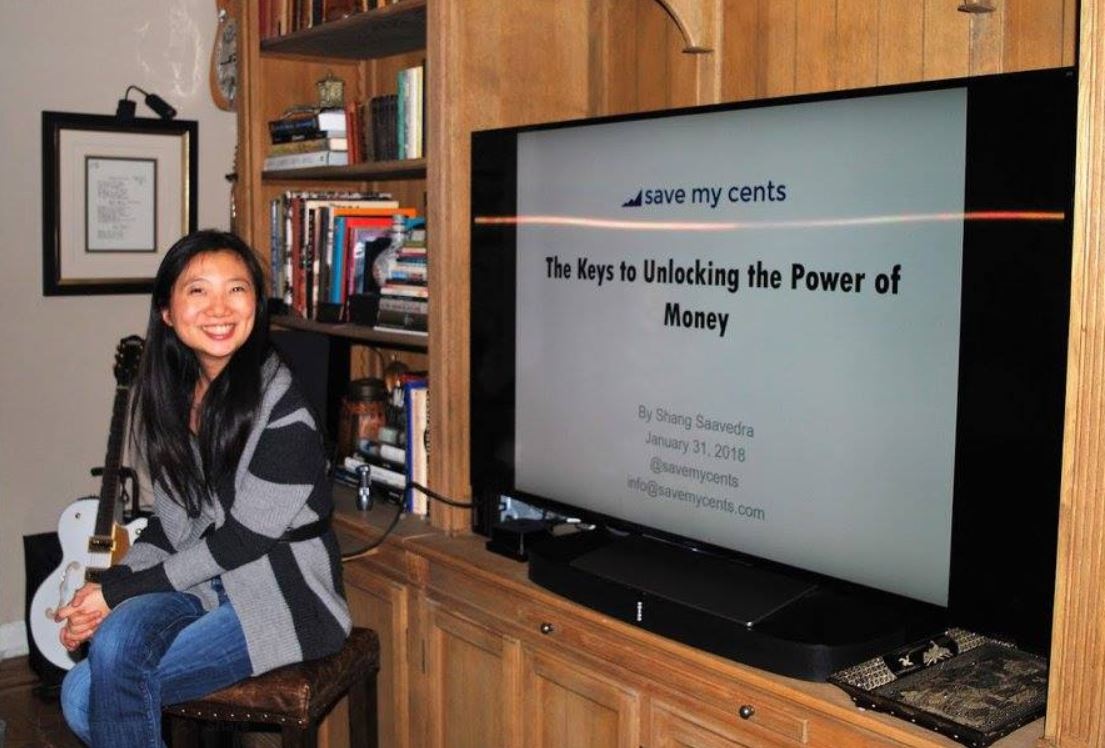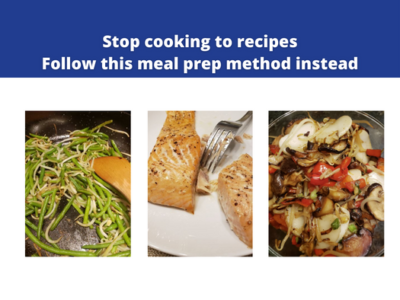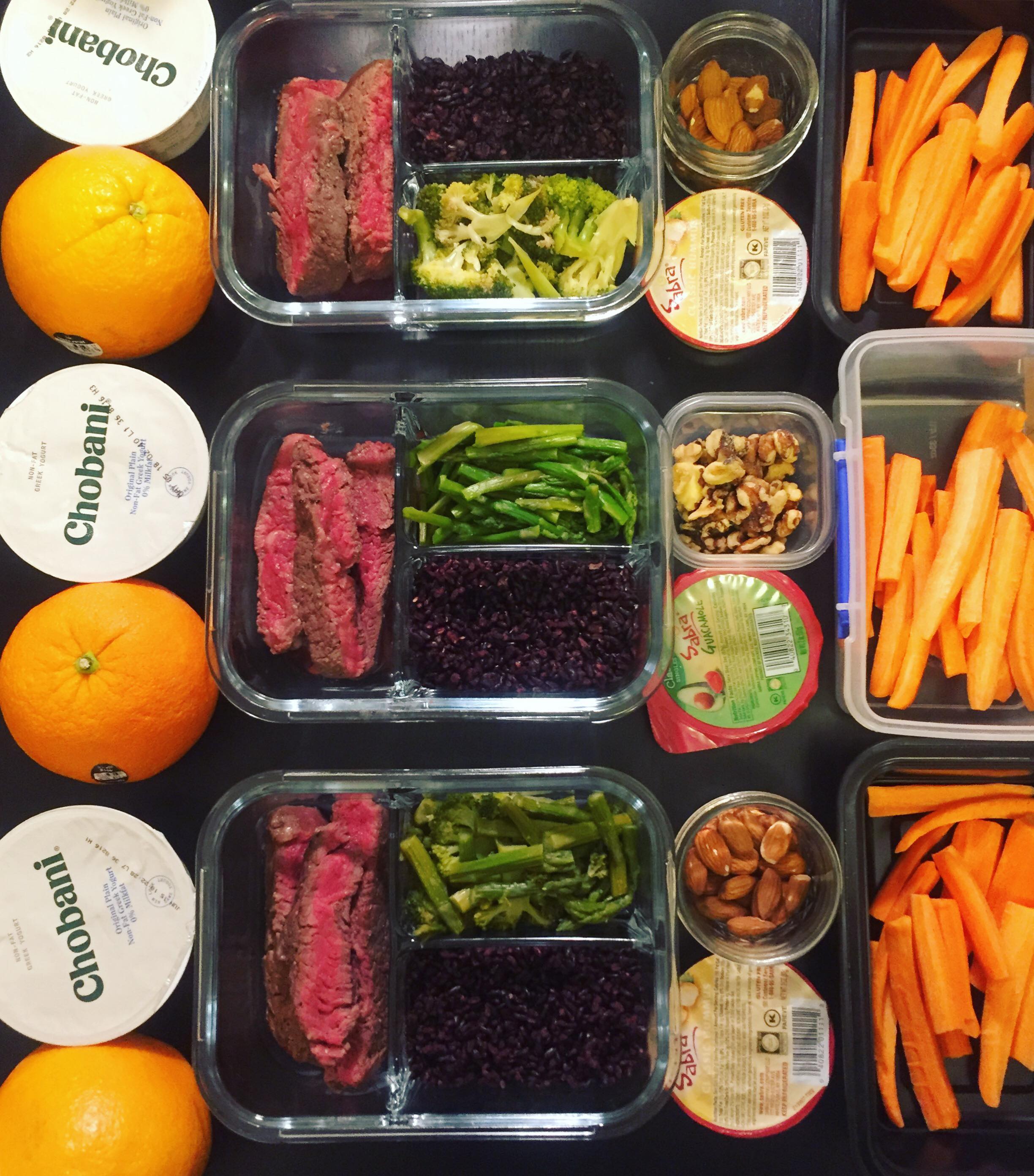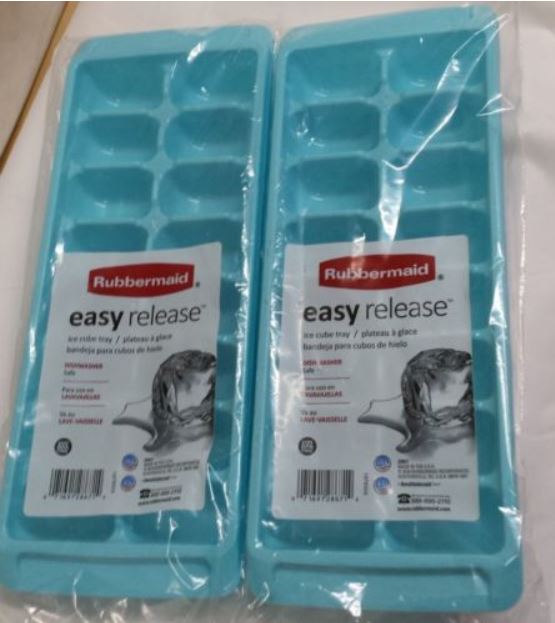After rent, one of largest spending categories over which I have control in my household is eating out and groceries. When I think of our household budget, I divide spending here into 2 distinct categories: Eating out – which is discretionary and over which one has a LOT of control in lean times, and groceries – which are a necessity. Even if you’ve never cooked before, the only way to save on food is to learn how to cook. The reason why eating out costs more is because you’re paying for someone else’s rent and labor. The first year of cooking is about making mistakes. Usually after a year or two, you will be able to replicate pretty good recipes.
Here’s how to get your kitchen started. I do not make or eat desserts, which contributes to the lack of sugar you see in the list below. I am a strong believer in cutting out refined sugars to stay healthy.
1. Take stock of your entire fridge and pantry
Unless you are starting out completely empty, chances are, you already have a food in your kitchen. It’s important to know what you have to minimize waste
2. Build with flavor
Items will vary by tastes, but here are basic items you should have stocked at all times. I don’t recommend an ENTIRE spice rack because I don’t end up using half the stuff and it’s expensive. However, if you must buy spices, go to an ethnic grocer in an immigrant neighborhood. They tend to sell spices in much larger bags at a discount. See how I keep things very minimal in the beginning. As you find more recipes, you will add more items.
Spices:
Salt
Black Pepper
Red pepper flakes, whole dried red peppers, or chili flakes if you like spicy food
Chicken bouillon (a much cheaper way to make chicken stock, than to buy it)
Cumin (used a lot to tame the game-y taste in meats)
Oils and liquids:
Cooking oil
White or balsamic vinegar
If you’re doing Asian cooking:
Sesame oil
Soy sauce
Cooking wine or mirin
Curry powder
Chili bean sauce (doubangjiang) if you love Sichuanese food, sichuanese peppercorns, or some other chili
3. Shelf Stable
You must reduce the amount of food that spoils quickly by having shelf stable or frozen food. Here are some great things to have in your pantry
Whole wheat flour
Brown rice / white rice
Quinoa / Couscous
Oatmeal
Pasta / Ramen – I buy Shin Ramyun brand ramen
Optional:
Drinking powder (occasionally when I really crave a soda, I will flavor my water with flavored drink powder mixes)
Dried fruit
Nuts
4. Cooking Utensils




